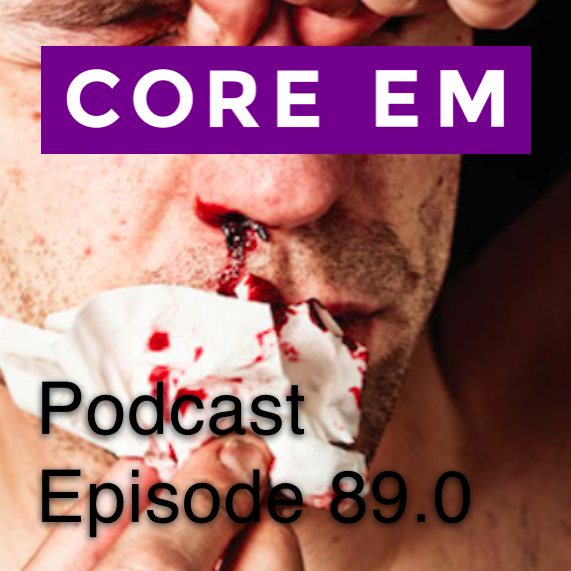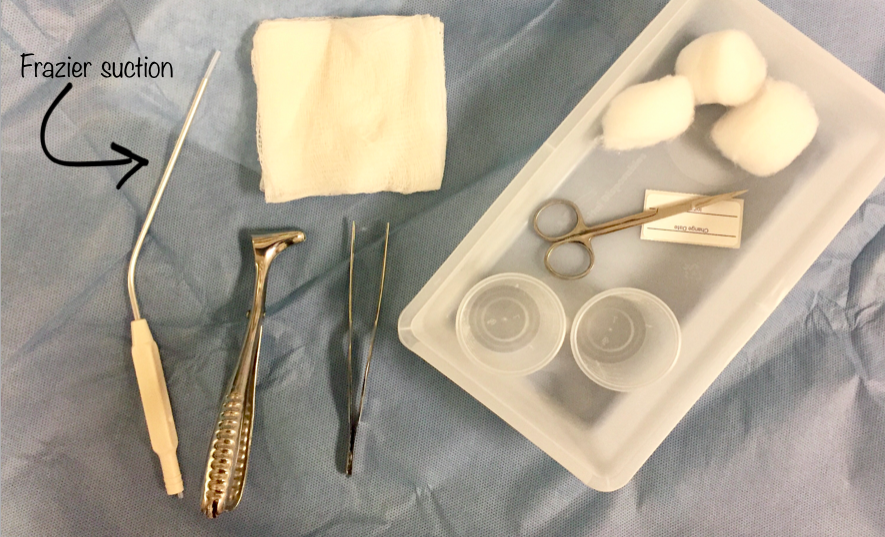This week we discuss the ED management of anterior and posterior epistaxis.

 Core EM - Emergency Medicine Podcast
Core EM - Emergency Medicine Podcast Episode 89.0 – Epistaxis
18 snips
Mar 20, 2017 This discussion dives into the management of nosebleeds, focusing on both anterior and posterior types. Solid pressure is emphasized as the first step in treatment. Intriguing techniques are shared, including the use of oxymetazoline and lidocaine for packing. Topical tranexamic acid emerges as a notable option for persistent cases. The podcast also covers effective nasal packing methods and addresses the use of Foley catheters for brisk bleeds. Listeners will gain valuable insights into the art of stopping the flow!
AI Snips
Chapters
Transcript
Episode notes
Epistaxis Common but Often Untreated
- Epistaxis is very common with a lifetime incidence over 60%, though many do not seek medical care.
- Only about 6% seek medical attention and 10% of those seen need ENT evaluation.
Effective Pressure for Nosebleeds
- Apply firm pressure just below nasal bones for at least 5-7 minutes without peaking to stop a majority of nosebleeds.
- Avoid pressing too high or too low on the nose as it is ineffective.
Visualizing Bleeding Sites
- Clear nasal clots by having the patient blow and suction with a Fraser catheter, not a Yankauer.
- Use a nasal speculum opening vertically to visualize bleeding sites effectively.


